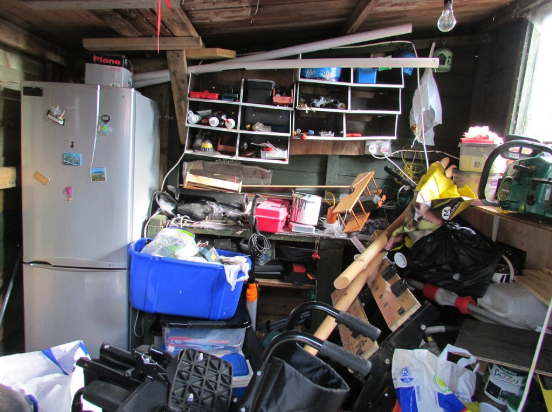Homeowners are solely responsible for any repair that may arise when it comes to their septic system. Knowing how this system works and functions is essential for any homeowner who is trying to keep repair costs low. However, keep in mind that everything that’s septic tank related is worth taking closer looks and assessing exactly what is causing all the troubles. We are discussing potential health issues if not done correctly. You can find more information regarding these types of issues at www.bio-sol.ca . When facing repairs with this system, a homeowner will have to take the time to find the right plumbing Delta professionals. Many things go into making this system work properly, the following is a list of those components:
Main Components
The first component is the pipe which goes from your home to the next component, the septic tank. The septic tank is where all of the waste water is stored and filtered out by the microbes in the soil on top of the tank. The third component is the drain lines which drain off the waste and last but not least is the soil itself. Each one of these components is vital to the functioning of the septic tank system. A homeowner may be able to get this repairs done at a discount by using Plumbing coupons they find online.
The Septic Tank
The septic is a concrete holding tank that is buried deep in the ground of your home. Its job is to hold the waste water long enough for the solids to turn to sludge. It also allows the decomposition of the solid material to take place. A t shaped outlet stops the sludge from leaving the septic tank and contaminating the drainfield. Some of the newer tanks even have a screen material that keeps the sludge from exiting the tank.
The Drainfield
As the waste water leaves the septic tank it enters the drain field for more purification by the soil. The waste water gets pushed further into the drainfield each time new waste water exits the septic tank. If to much of the waste water gets backed up in the drainfield it will surface on top of the soil. Some states require you to have a reserve drainfield just in case the primary drain field breaks down. One way to keep an eye on the level of your tank is to use a liquid level sensor. This way you can stay ahead of septic issues, instead of simply reacting to them.
The Soil
The soil is important in removing dangerous bacteria and germs from the waste water that enters the drain field. The soil will need to be perc tested to be sure it will allow proper filtering of the waste water.
As previously stated, all of these components are needed to successfully get rid of the wasted from your home. If any problems arise, you should immediately contact a reputable plumbing professional. They will be able to troubleshoot the issue and get the right repairs done in a hurry.









